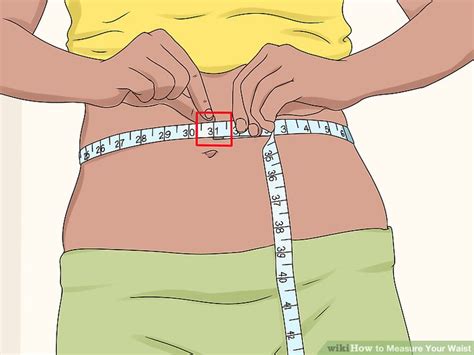How to Measure Your Waist Size Accurately: A Complete Guide
Knowing your waist size is crucial for various reasons, from clothing shopping to monitoring your health. An accurate measurement ensures you buy clothes that fit well and provides valuable data for health professionals assessing your overall well-being. This guide will walk you through the process of measuring your waist accurately, ensuring you get the most precise results.
Why Measuring Your Waist is Important
Measuring your waist isn't just about finding the perfect pair of jeans. It's a key indicator of your overall health. A high waist-to-hip ratio is linked to an increased risk of several health problems, including:
- Heart disease: Excess abdominal fat is strongly associated with cardiovascular issues.
- Type 2 diabetes: Abdominal fat can interfere with insulin function.
- Certain cancers: Research suggests a correlation between abdominal obesity and certain types of cancer.
- Sleep apnea: Excess weight around the waist can contribute to breathing problems during sleep.
Understanding your waist circumference helps you monitor your health and take proactive steps toward a healthier lifestyle if needed.
How to Measure Your Waist: A Step-by-Step Guide
The most accurate waist measurement is taken at the narrowest point of your natural waistline. Here's how to do it correctly:
1. Find Your Natural Waistline
Your natural waistline is the smallest part of your torso, usually located just above your belly button. It's the area where your body naturally bends when you lean to the side.
2. Stand Tall and Relax
Stand up straight with your feet shoulder-width apart. Relax your muscles; don't suck in your stomach. A relaxed posture ensures an accurate measurement.
3. Position the Measuring Tape
Place a flexible measuring tape around your waist at the narrowest point you identified in step 1. Make sure the tape is parallel to the floor and snug but not too tight.
4. Take the Measurement
Read the measurement on the tape where it meets the end. Record this number; it represents your waist circumference in inches or centimeters.
5. Repeat for Accuracy
Take the measurement two or three times to ensure consistency. If the measurements differ significantly, repeat the process until you have a consistent reading.
Tips for Accurate Waist Measurement
- Use a flexible tape measure: A rigid tape measure won't conform to your body shape accurately.
- Don't pull the tape too tight: A tight tape measure will provide an inaccurate, smaller measurement.
- Measure at the end of the day: Your waist size might fluctuate slightly throughout the day due to fluid retention. Measuring at the end of the day often provides a consistent result.
- Wear minimal clothing: Wearing bulky clothing can interfere with an accurate measurement. It's best to measure your waist in light clothing or underwear.
- Seek professional help if unsure: If you're uncertain about the process, consult a healthcare professional or a personal trainer for assistance.
Understanding Your Waist Measurement: What the Numbers Mean
Your waist measurement, when combined with other health indicators, provides valuable information about your health risks. Consult a healthcare professional to interpret your measurements within the context of your overall health status.
By following these steps, you can accurately measure your waist and use this information to make informed decisions about your health and well-being. Remember, consistency is key, so regularly measure your waist to track any changes over time.
